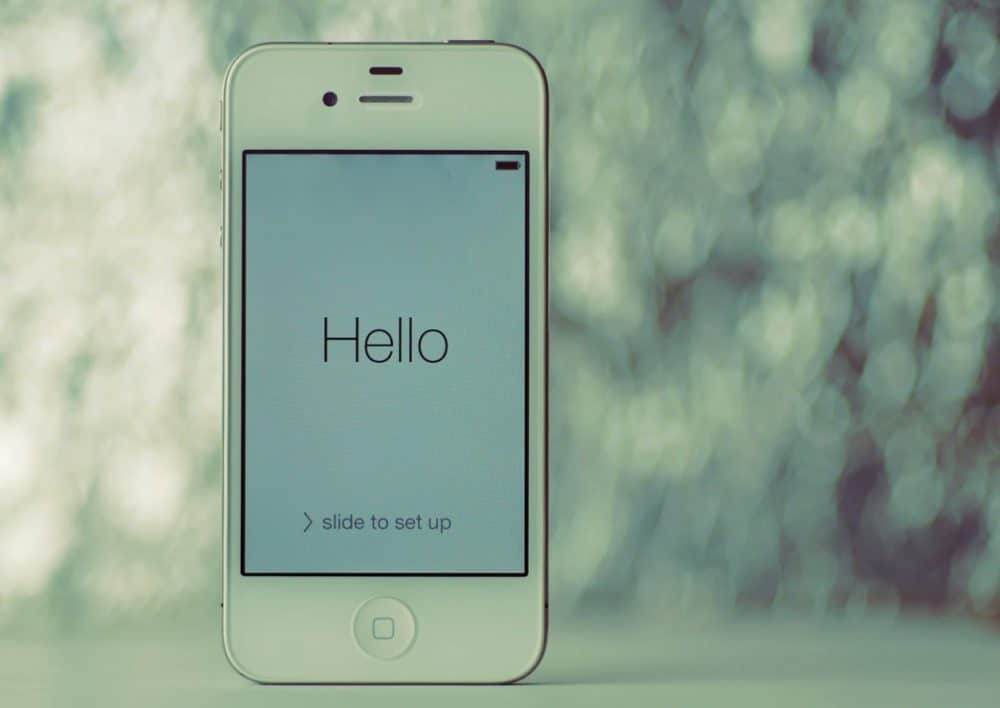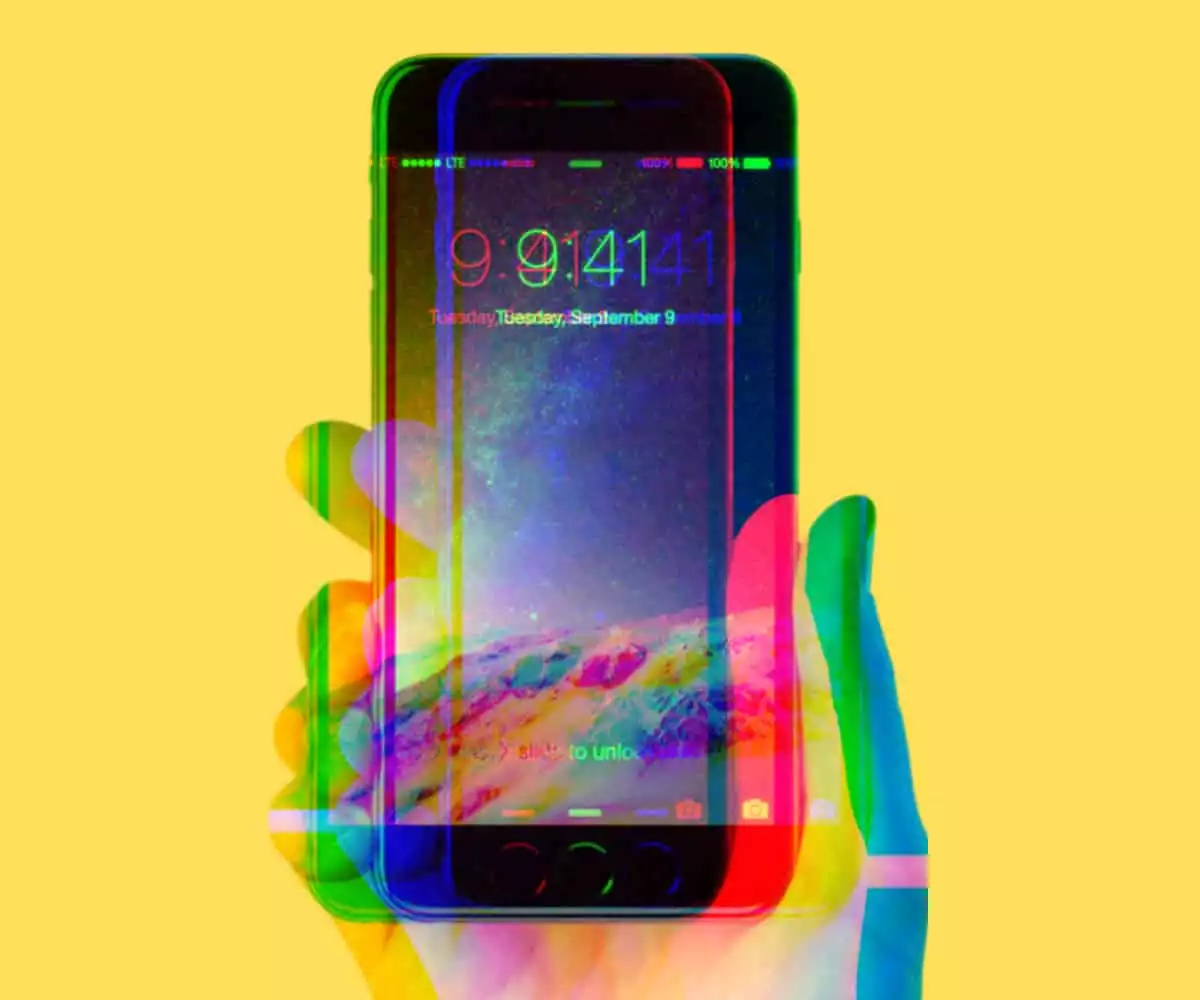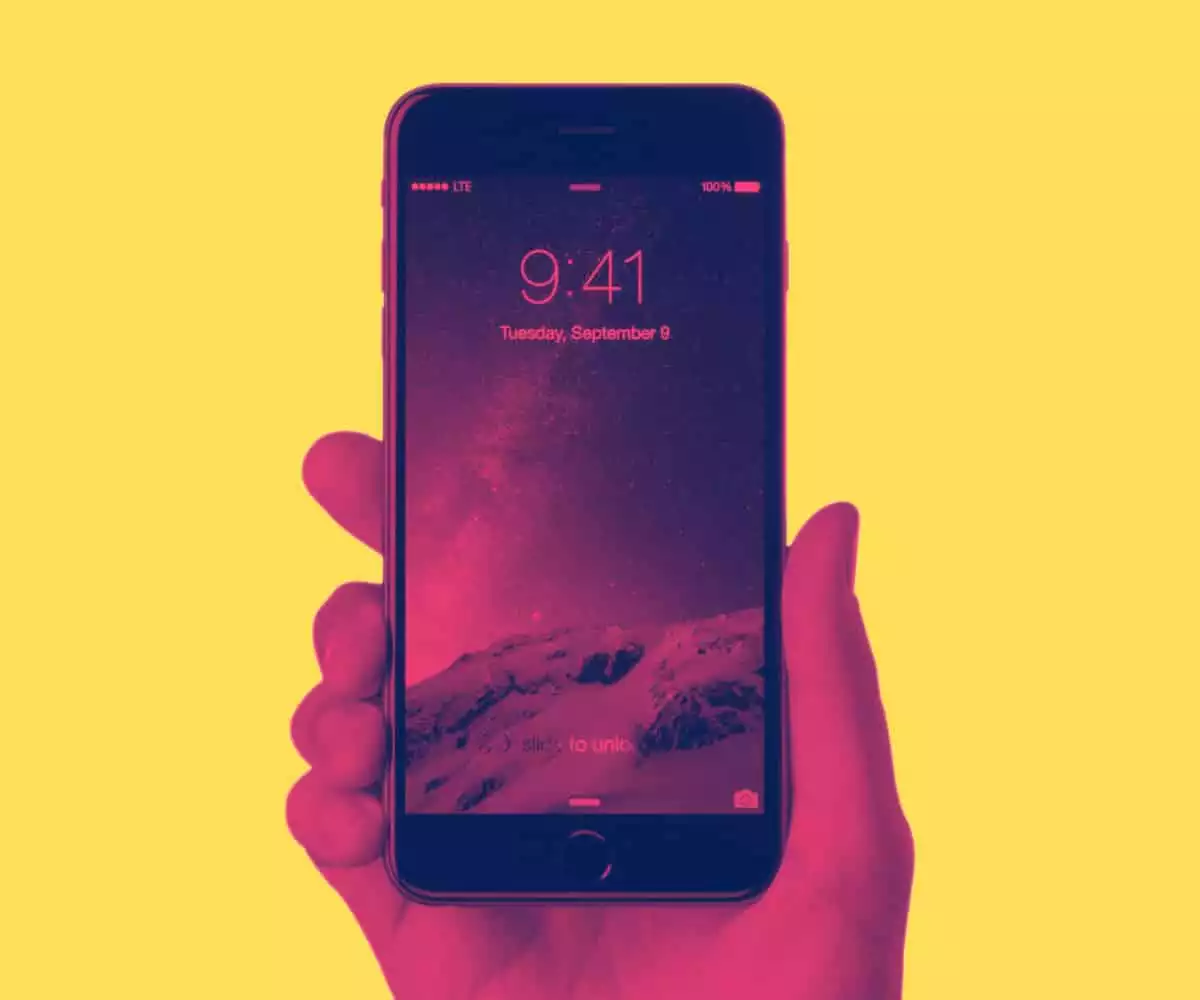Can You Still Use An iPhone 4? Let’s Investigate…

If you’re thinking about getting an iPhone 4 – or iPhone 4s – because they’re now extremely cheap, think again! The iPhone 4 is no longer a viable phone and this is the #1 reason why…
The Short Answer:
The iPhone 4 no longer gets iOS updates. After almost a decade of support, Apple’s iPhone 4 has finally reached its end-of-life (from a software perspective). In fact, the iPhone 4’s last iOS update was iOS 7; iOS 8 was not supported because of “performance issues”.
For this reason, the iPhone 4 is definitely one to avoid.
iPhone 4 Key Takeaways
- When did the iPhone 4 come out? The iPhone 4 was originally released in 2010. It was one of Apple’s most successful releases of all time. It was the first iPhone to use Apple’s Retina Display and it was one of the thinnest, most-premium-looking phones on the planet.
- Can you still use an iPhone 4? The biggest issue, or, why you wouldn’t use an iPhone 4 is because Apple no longer supports the phone. Also: it’s 32-bit, so none of your apps will work, as they’ve all been updated to 64-bit. Third, the battery will almost certainly be degraded beyond the point of salvation. Unless you plan on using the iPhone 4 as a jailbroken iPhone, there really is no reason why anyone would use this phone anymore.
- How much does the iPhone 4 cost? When the iPhone 4 originally came out it cost £499 for the 16GB model and £599 for the 32GB model. This was way back in 2010, the year the iPhone 4 got a release date. But even by that standard, the iPhone 4 was still a relatively pricey handset – the iPhone SE 2020, for instance, launched at a cheaper price (just £419).
- How much is the iPhone 4 worth now? In 2023, buying an iPhone 4 is not advisable – we’ll get into why this is the case in a moment – but there are still plenty of people selling iPhone 4 units online. Prices vary too – you will pay anywhere from £185 to £395 for a “new” unit via eBay.
My advice? Go with the latest iPhone model – it will last the longest and it has all the latest features.
Not with cheaper iPhone alternatives readily available in the form of the iPhone SE 2020 and/or refurbished iPhones (which can be had for 40% less than normal), the idea of buying an iPhone 4 in 2023 is basically nuts.
Not only does the phone not support the latest builds of iOS, but it will struggle to run 99.9% of applications and games.
Probably Don’t Buy An iPhone 4…

So, if you’re thinking about buying the iPhone 4 – DO NOT DO IT!
Are people still using iPhone 4 phones? Yes, of course. But only 0.04% of all iPhones in circulation are iPhone 4 models. That’s a pretty low figure. And the data for this figure is from 2018, so it stands to reason that no one is still actively using Apple’s iPhone 4 in 2023.
Apple no longer supports the phone and neither do developers, so even if you were using an iPhone 4 you wouldn’t be able to upgrade the software and you’d be running seriously old versions of apps.
The #1 Reason You Shouldn’t Buy The iPhone 4
Simple: it no longer gets iOS updates. After almost a decade of support, Apple’s iPhone 4 has finally reached its end-of-life (from a software perspective). In fact, the iPhone 4’s last iOS update was iOS 7; iOS 8 was not supported because of “performance issues”. For this reason, the iPhone 4 is definitely one to avoid.
Getting regular iOS updates is the #1 reason why most people stick with Apple’s iPhone. You can buy a newer iPhone model now, circa 2023, and it’ll probably still be getting updates in 2029.
You cannot say the same thing for Android phones – even Google’s own Pixel phones only get a couple of years of support. And you need these updates to keep yourself protected while using the phone.
Why iOS Updates Are Important
Hackers and scammers are constantly exploring ways to exploit Apple’s iOS platform. When they find a way in, either through an app or a gap in the software’s source code, a patch is quickly released by Apple, blocking their entry.
This patch comes in the form of a security update. But if your phone, the iPhone 4, for instance, no longer gets updates it leaves you and your data totally exposed.
Why Apple’s iPhone 4 No Longer Gets iOS Updates
When Apple released the iPhone 5s, it changed the mobile space overnight. The iPhone 5s was the first-ever 64-bit mobile phone, running Apple’s A7 chipset – and no one saw it coming. This shift from 32-bit to 64-bit CPUs prompted a swift response from chipmakers like Qualcomm, NVIDIA, and MediaTek, who scurried to get their own 64-bit chips ready for their respective Android partners.
The iPhone 4, like all iPhone releases before it (and the iPhone 5), used 32-bit CPUs but Apple’s switch to 64-bit CPUs meant that the company had to completely change how iOS functioned at a chip-architecture-level. Rejigging iOS for 64-bit meant Apple had to look forward instead of backward; it had to leave its older handsets out in the cold and focus on the future – everything that came after the iPhone 5s.
All iOS updates post-iOS 8 were 64-bit specific, meaning you HAD to run a 64-bit iPhone to get it. Apple’s iPhone 3GS, iPhone 4, iPhone 4s, and iPhone 5 were left out to pasture, effectively. This angered a lot of people at the time; millions of users were still using these phones, after all. But Apple had a vision of where it wanted to take iPhone (and iPad) and it required some initial pain and suffering to get on the road to realising it.
Can You Actually Still Use An iPhone 4 In 2023?
You can still use an iPhone 4 in 2023? Sure. But here’s the thing: the iPhone 4 is over 10 years old, so its performance will be less than desirable. A lot can happen in 10 years. Apps are WAY more CPU-intensive than they were back when the iPhone 4 was released. And this, as well as the phone’s limited specs, makes for sluggish performance and dire battery life. You can run one, of course, but it will be a very irritating experience.
I mean, just look at its specs:
iPhone 4 Specs:
- Apple A4 CPU
- 3.5-inch, 960 x 640 Retina Display
- 5MP camera on the back
- VGA front-facing camera
- 512 MB of RAM.
- 24% Thinner Than iPhone 3Gs
What To Get Instead of an iPhone 4…

if you’re looking for the best bang for your buck, consider opting for a refurbished iPhone. These devices retail for approximately 40% less than their brand-new counterparts, and you can find deals for models up to the iPhone XS Max.
Refurbished iPhones are not just any used phones; they undergo rigorous testing, repairs, and certification to ensure they function and appear as good as new. The primary distinction between a
Why choose refurbished over a standard second-hand phone? Purchasing a used phone from platforms like eBay or Craig’s List can be risky. Such phones have likely been in use for 12-24 months, leading to battery degradation and potential cosmetic damage. In contrast, a
In Conclusion…
While the iPhone 4 might seem tempting due to its low price, it’s outdated in terms of specs, hardware, and software support. Its limited functionality in today’s fast-paced tech world makes it a less-than-ideal choice. Instead, consider more recent models like the iPhone X, iPhone XS, and iPhone XS Max, as well as the iPhone 11, iPhone 12, and iPhone 13.
Plenty of Apple’s older models are now discontinued and no longer receive support in the form of iOS updates.
Trusted refurbished iPhone resellers such as Gazelle offer these models at competitive prices, ensuring you get quality without compromising on cost.
Gazelle is the USA’s biggest and most trusted refurbished tech retailer. It sells everything from iPhones to MacBooks and Samsung phones. All Gazelle phones are extensively tested before they’re sold, meaning they look and function as good as new. If you’re in the US, Gazelle is the one to go for.
- 30-Point Test on ALL Products
- 40% Cheaper Than Buying New
- Sells Phones, Tablets, MacBooks & More
- Excellent Warranty, Prices & Delivery Times
REBOXED has a massive selection of refurbished iPhones, Samsung phones, Apple Watch devices, AirPods, and more. If you’re after quality, reliability, and the best prices on the market, REBOXED is where it is at for users in the UK and Europe.
- 70-Point Test on ALL Products
- 40% Cheaper Than Buying New
- Sells Phones, Tablets, Headphones & More
- Excellent Delivery Times & Packaging
In essence, don’t be swayed by the allure of super-cheap older models like the iPhone 4. They might be affordable, but their functionality is severely limited. Opt for a


